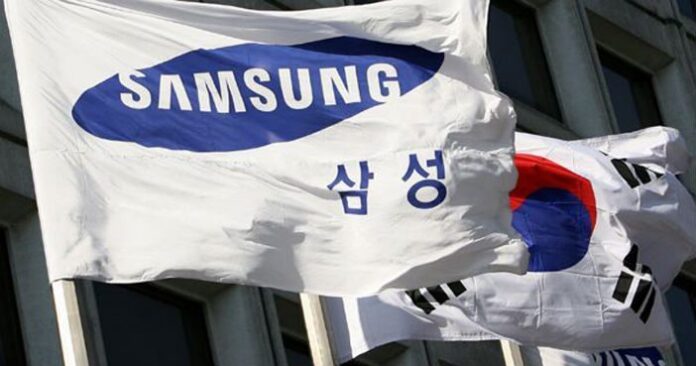Samsung’s network infrastructure business gets some of the blame for the company’s slide in sales and operating profit during the second quarter. The company cited its domestic market as well as overseas customers for a decrease in LTE investment, which Samsung attributed to “low seasonality.”
Samsung is of course a major vendor to SK Telecom, which is nearing the end of its LTE rollout. The carrier has invested almost $2 billion over the last three years. South Korea’s other major telecom carrier, KT, was also early to deploy LTE. The carrier is now deploying LTE-A, using 900MHz spectrum.
Two years ago Samsung said that it planned to become the one of world’s top three vendors of telecommunications equipment, and specifically that it aimed to be one of the world’s top suppliers of LTE base stations. The LTE base station market grew an estimated 280% last year, but much of that growth was driven by shipments of TDD-LTE base stations to China Mobile, the world’s largest carrier. When China Mobile named its nine LTE vendors, Samsung was not on the list.
Here is the U.S., Samsung is part of the Sprint Spark initiative. Alcatel-Lucent and Nokia Networks are the other vendors for that program, and Ericsson is Sprint’s network manager. Sprint Spark combines 4G FDD-LTE at 800 MHz and 1.9 GHz and TDD-LTE at 2.5GHz spectrum.
Sprint plans to cover 100 million pops by the end of the year, and has already turned on Sprint Spark in 24 cities: Austin, Texas; Baltimore; Chicago; Dallas; Fort Lauderdale, Fla.; Fort Worth, Texas; Houston; Jacksonville, Fla.; Kansas City, Kan./Mo.; Los Angeles; Miami; New York; Newark, N.J.; Oakland, Calif.; Orlando, Fla.; Philadelphia; Provo, Utah; Salt Lake City; San Antonio; Tacoma, Wash.; Tampa, Fla.; Trenton, N.J; Waukegan, Ill.; and West Palm Beach, Fla.

